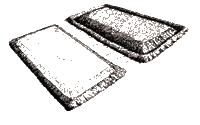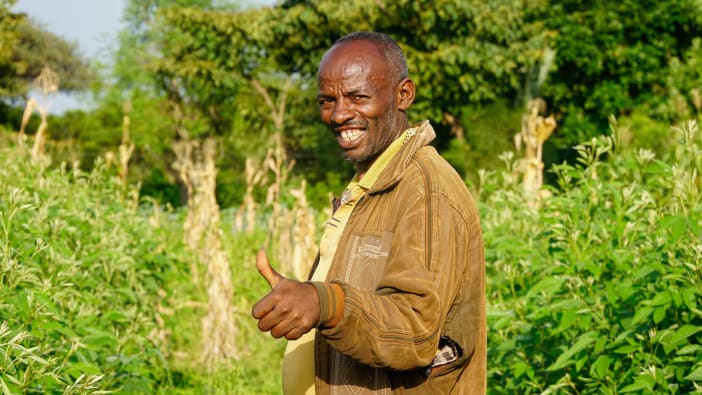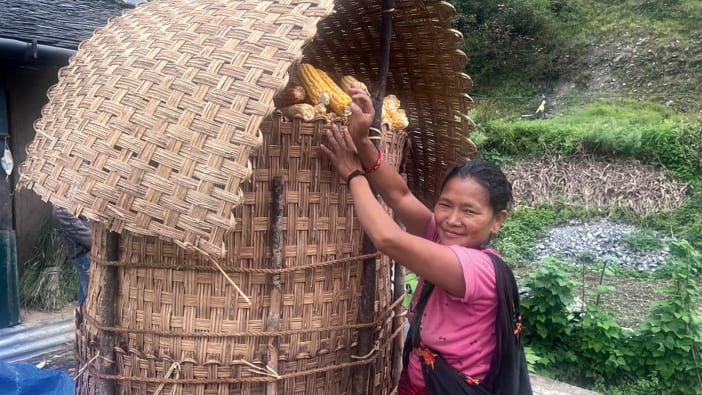Using the heat of the sun to sterilise seed beds is a cheap and simple method of sterilising soil. When planting seed beds it is very helpful first to reduce the number of micro-organisms found naturally in the soil which can cause disease. There are chemical methods of doing this but they are expensive and may result in pollution.
Solarisation is a technique developed in Israel in 1974. It uses plastic sheets to cover the soil to be prepared as a seed bed.
Method










